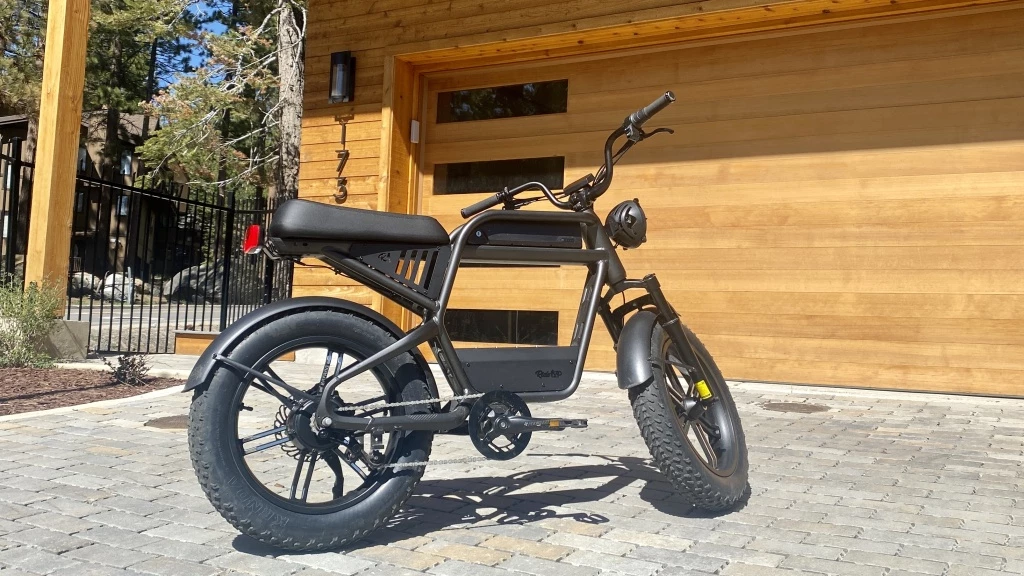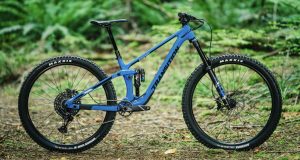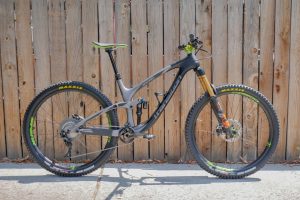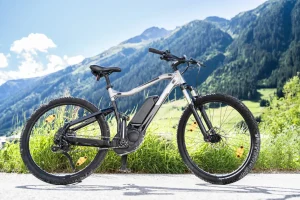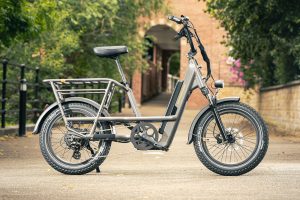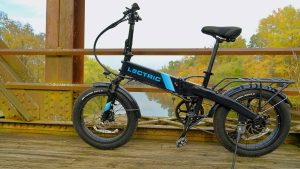In recent years, the transportation landscape has witnessed a significant shift towards sustainability and efficiency, with Class 3 eBikes emerging as a noteworthy player in this evolution. These electric bicycles, equipped with a motor that assists pedaling, are transforming the way we commute and exercise. Let’s delve into the world of Class 3 eBikes, exploring their mechanics, advantages, safety measures, and much more.
Introduction
A. Definition of Class 3 eBike
Class 3 eBikes, also known as speed pedelecs, are electric bicycles that provide pedal-assist up to 28 miles per hour. Unlike their counterparts, Class 3 eBikes offer a faster and more exhilarating commuting experience.
B. Rising Popularity in the Market
As concerns for environmental sustainability grow and urban congestion worsens, Class 3 eBikes are gaining traction as a viable and eco-friendly alternative to traditional commuting methods. The market is witnessing a surge in demand, and it’s essential to understand how these electric wonders operate.
How Class 3 eBikes Work
A. Electric Motor Mechanics
The heart of a Class 3 eBike lies in its electric motor. These motors, typically mounted on the frame or incorporated into the hub of the wheels, seamlessly integrate with the pedaling mechanism to provide an extra boost of speed.
B. Pedal-Assist Technology
Class 3 eBikes employ sophisticated pedal-assist technology, ensuring that the electric motor kicks in only when the rider pedals. This harmonious blend of human effort and electric power not only enhances speed but also preserves the essence of cycling.
C. Speed Limitations
While Class 3 eBikes can reach speeds up to 28 mph, they are designed with a speed limiter to comply with regulations. This ensures a safe and controlled riding experience for users.Advantages of Class 3 eBikes
A. Health Benefits
Contrary to misconceptions, Class 3 eBikes promote physical activity. The pedal-assist feature encourages riders to pedal more consistently, contributing to cardiovascular health and overall well-being.
B. Eco-Friendly Transportation
As zero-emission vehicles, Class 3 eBikes contribute to reducing air pollution and carbon footprint. Choosing an electric bike for commuting aligns with eco-conscious lifestyle choices.
C. Cost-Efficiency
Compared to traditional vehicles, Class 3 eBikes offer a cost-effective mode of transportation. With minimal maintenance requirements and no fuel expenses, they present a compelling economic advantage.
Safety Measures
A. Helmet Requirements
Ensuring rider safety is paramount, and the use of helmets is strongly recommended. Many regions mandate helmet usage, emphasizing the commitment to rider well-being.
B. Traffic Regulations
Class 3 eBike riders must adhere to traffic regulations applicable to traditional bicycles. Understanding and following these rules contribute to a safer coexistence with other road users.
C. Maintenance Tips
Regular maintenance checks, such as inspecting brakes and ensuring proper tire inflation, are essential for the longevity and optimal performance of Class 3 eBikes.
Choosing the Right Class 3 eBike

A. Battery Life and Capacity
The battery is a critical component of Class 3 eBikes. Understanding the battery life and capacity is crucial for planning longer rides and ensuring a reliable commuting experience.
B. Frame Materials
Different eBike models use varied frame materials, affecting factors like weight and durability. Choosing the right frame material aligns with individual preferences and usage patterns.
C. Brand Reputation
Researching and selecting reputable brands contribute to a satisfactory eBike ownership experience. Customer reviews and brand reputation play a pivotal role in making an informed decision.
Popular Models on the Market
A. Review of Model A
Model A, known for its sleek design and powerful motor, has garnered positive reviews for its performance and reliability. Riders appreciate its intuitive pedal-assist system, making it a top choice in the Class 3 eBike market.
B. Features of Model B
Model B stands out with its advanced safety features, including integrated lights and responsive braking systems. The user-friendly interface and ergonomic design make it a favorite among commuters seeking a seamless riding experience.
C. User Experiences with Model C
Real-world user experiences provide valuable insights into the practicality and performance of Class 3 eBikes. Model C, with its focus on user comfort and efficient battery usage, has received acclaim for its versatility and adaptability to diverse commuting needs.
Class 3 eBikes and Commuting
A. Integration into Urban Transportation
The compact design and agility of Class 3 eBikes make them an ideal choice for urban commuting. Navigating through traffic and reaching destinations swiftly are key advantages for urban dwellers.
B. Overcoming Commuting Challenges
Class 3 eBikes address common commuting challenges such as traffic congestion and limited parking spaces. Their maneuverability and speed contribute to a seamless and stress-free commuting experience.
C. Commuter Testimonials
Communities of Class 3 eBike commuters share their testimonials, highlighting the positive impact on their daily routines. From shortened commute times to improved well-being, these testimonials provide a firsthand look at the transformative power of electric biking.
Trends and Innovations
A. Technological Advancements
Ongoing technological innovations continue to enhance the capabilities of Class 3 eBikes. From smart connectivity features to improved battery efficiency, staying abreast of these advancements ensures users make informed choices.
B. Future Developments in Class 3 eBikes
Anticipating future developments in Class 3 eBikes involves exploring possibilities such as longer battery life, lighter materials, and enhanced safety features. Staying informed about industry trends ensures that users can make future-proofed choices.
C. Sustainability Initiatives
Manufacturers are increasingly adopting sustainable practices in eBike production. Examining the environmental initiatives of different brands enables users to support companies aligned with eco-conscious values.
Community and Events
A. Class 3 eBike Enthusiast Communities
Online and offline communities provide platforms for Class 3 eBike enthusiasts to share experiences, discuss maintenance tips, and organize group rides. Joining these communities fosters a sense of belonging and shared passion.
B. Events and Rallies
Participating in Class 3 eBike events and rallies allows enthusiasts to connect with like-minded individuals. These gatherings often feature product showcases, expert talks, and opportunities to test ride the latest models.
C. Networking Opportunities
Networking within the Class 3 eBike community opens doors to valuable insights, from discovering new routes to learning about accessories that enhance the riding experience. Building connections enhances the overall enjoyment of electric biking.
Maintenance and Troubleshooting
A. Routine Maintenance Practices
Regular maintenance is vital for preserving the longevity and performance of Class 3 eBikes. This includes checking tire pressure, lubricating moving parts, and ensuring the electrical components are in optimal condition.
B. Common Issues and Solutions
Understanding common issues, such as battery degradation or brake malfunctions, empowers riders to address problems promptly. Troubleshooting guides provided by manufacturers are valuable resources in resolving issues efficiently.
C. Professional Maintenance Services
For complex issues or routine servicing, relying on professional maintenance services ensures that Class 3 eBikes receive expert attention. Scheduled maintenance contributes to a seamless riding experience.
Legal Considerations
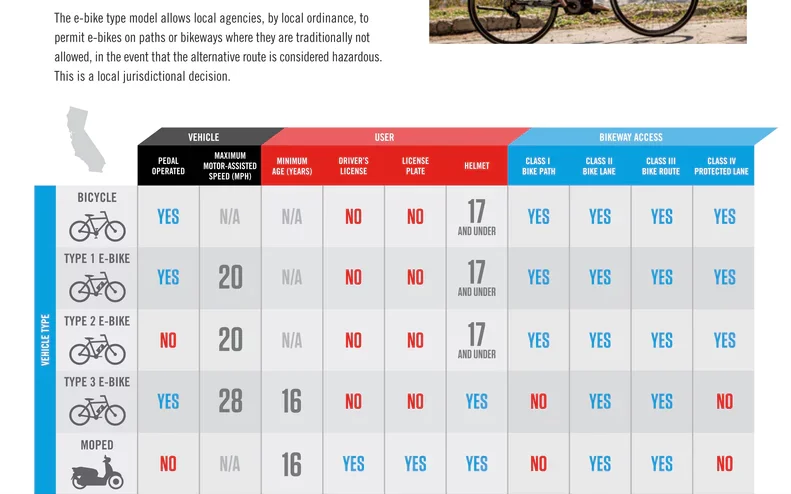
A. Regulations Varying by Location
It’s crucial to be aware of the varying regulations governing Class 3 eBikes in different regions. Familiarizing oneself with local laws ensures compliance and a legal riding experience.
B. Licensing and Age Requirements
Certain regions may have licensing and age requirements for Class 3 eBike riders. Understanding these prerequisites prevents legal complications and ensures a safe riding environment.
C. Insurance Considerations
While not universally required, exploring insurance options for Class 3 eBikes provides an extra layer of protection. Some insurance policies cover theft, accidents, and damages, offering peace of mind to riders.
Comparison with Other eBike Classes
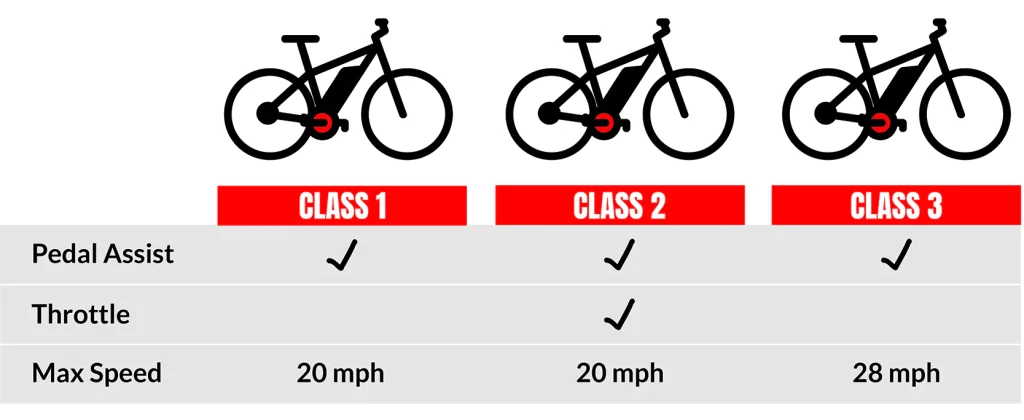
A. Class 1 vs. Class 2 vs. Class 3
Comparing the different eBike classes helps users understand the nuances and features of each. Class 1 and Class 2 eBikes have their advantages, but Class 3 eBikes stand out for their higher speed limits.
B. Pros and Cons of Each Class
Analyzing the pros and cons of Class 1, Class 2, and Class 3 eBikes assists users in making informed decisions based on their preferences and intended usage.
C. Suitability for Different Users
Considering factors like terrain, commute distance, and personal preferences, users can determine the most suitable eBike class for their needs. Class 3 eBikes are versatile and cater to a broad spectrum of users.
Impact on Physical Activity
A. Balancing Pedal-Assist and Exercise
Contrary to concerns that eBikes diminish physical activity, Class 3 eBikes strike a balance between pedal-assist and exercise. Riders can choose the level of assistance, ensuring an optimal workout.
B. Health Implications
Studies suggest that regular eBike use positively impacts cardiovascular health and overall fitness. Class 3 eBikes facilitate an active lifestyle without the intensity of traditional cycling.
C. Integration into Fitness Routines
Exploring ways to integrate Class 3 eBikes into fitness routines, such as using them for commuting or leisurely rides, enhances overall well-being. These eBikes complement fitness goals without compromising convenience.
Addressing Concerns and Misconceptions
A. Safety Concerns
Addressing safety concerns involves highlighting the responsible use of Class 3 eBikes, adherence to regulations, and proper safety gear. Education plays a pivotal role in mitigating unwarranted fears.
B. Environmental Impact
Dispelling misconceptions about the environmental impact of eBikes involves emphasizing their zero-emission nature and contribution to sustainable transportation.
C. Addressing Public Perception
Public perception often influences the adoption of new technologies. Engaging in educational initiatives and showcasing the positive aspects of Class 3 eBikes contribute to changing perceptions.
Future Outlook and Conclusion
A. Continued Growth of Class 3 eBike Market
The future of Class 3 eBikes looks promising, with an anticipated increase in adoption and technological advancements. As urbanization and environmental concerns persist, these eBikes are poised to play a pivotal role in shaping the future of transportation.
B. Final Thoughts on the Future
In conclusion, the Class 3 eBike revolution is here to stay, offering a blend of speed, sustainability, and health benefits. Embracing this innovative mode of transportation aligns with the evolving needs of modern commuters.
FAQs
Are Class 3 eBikes legal everywhere?
Legal regulations vary by location. It’s crucial to familiarize yourself with local laws before using a Class 3 eBike.
Do Class 3 eBikes require special maintenance?
While routine maintenance is essential, Class 3 eBikes generally do not require special maintenance beyond what traditional bicycles need.
What is the average battery life of a Class 3 eBike?
The battery life varies, but on average, it can range from 20 to 50 miles on a single charge, depending on factors like terrain and usage.
